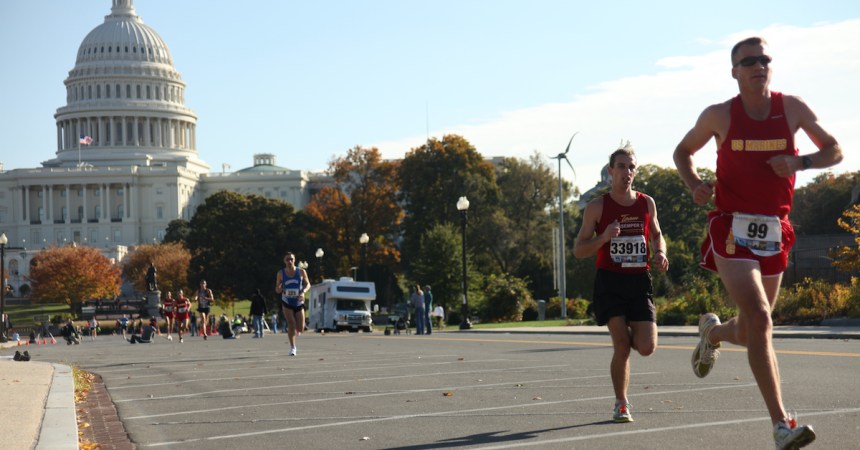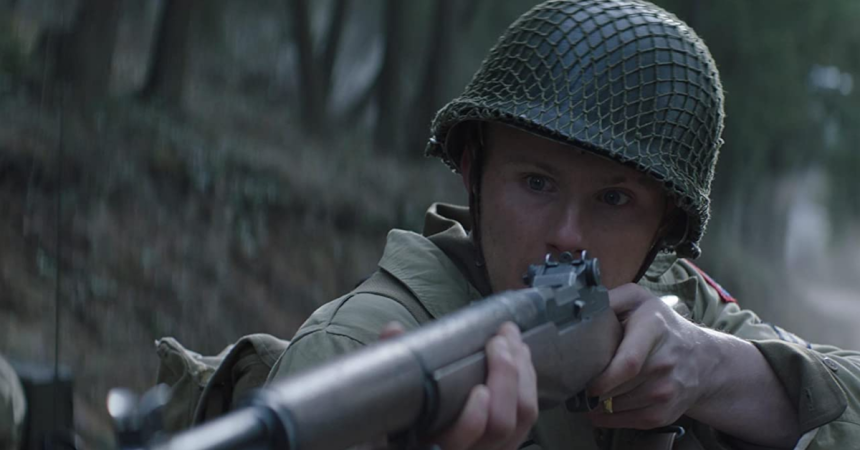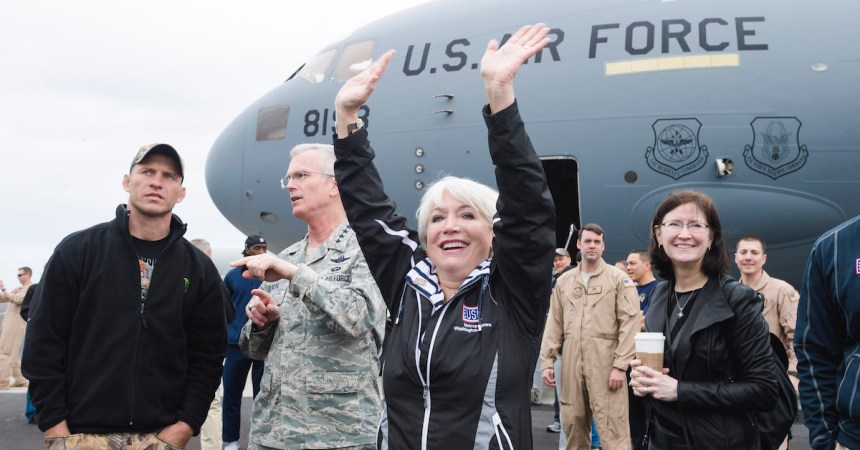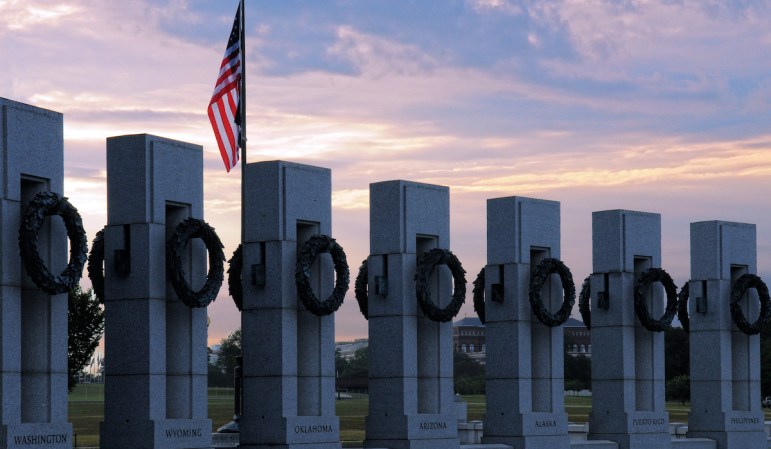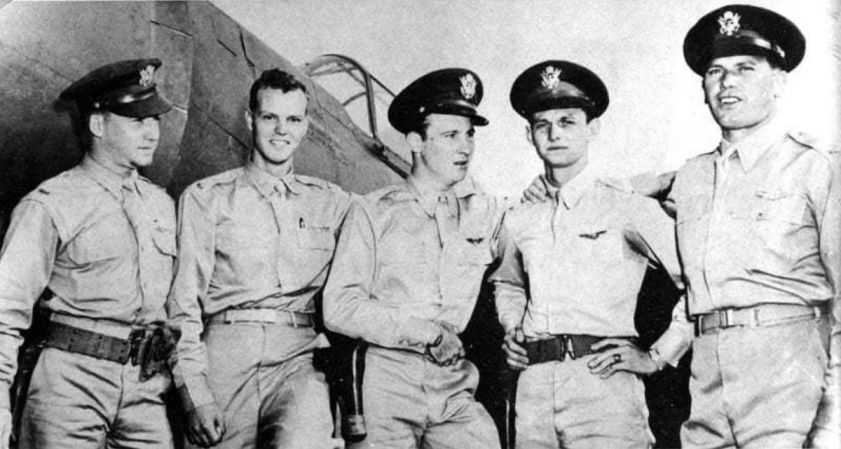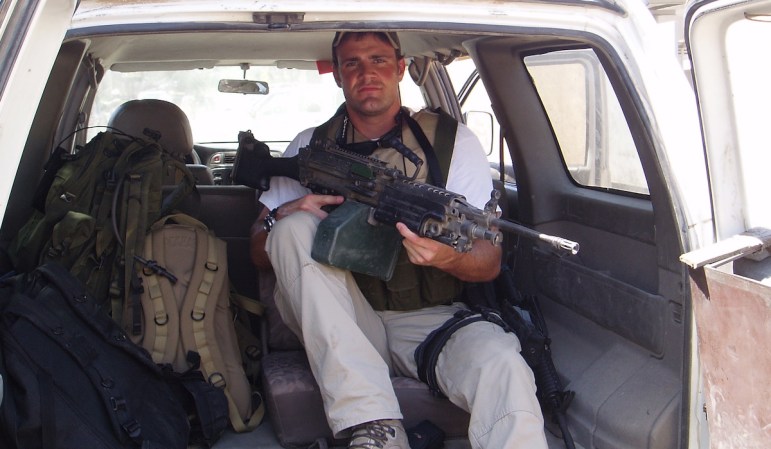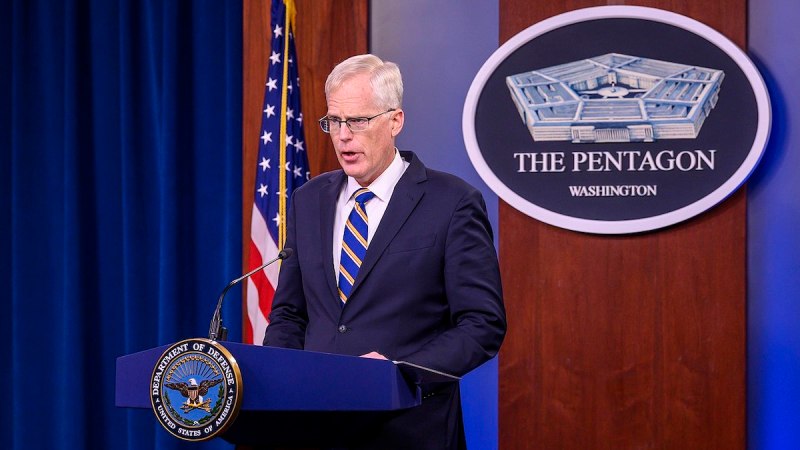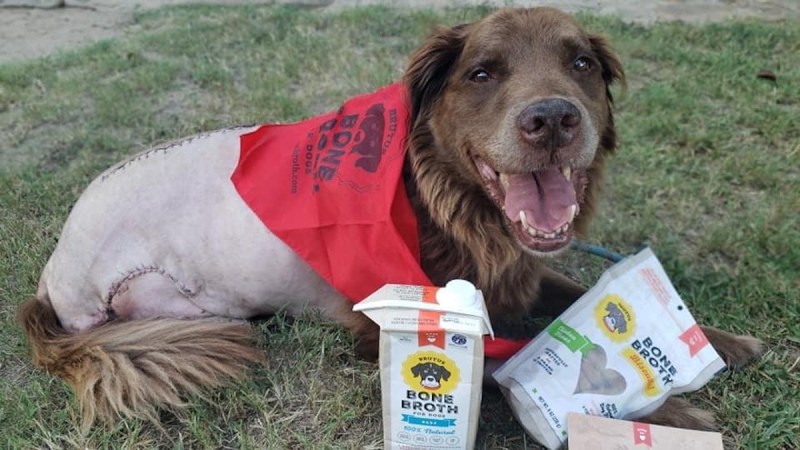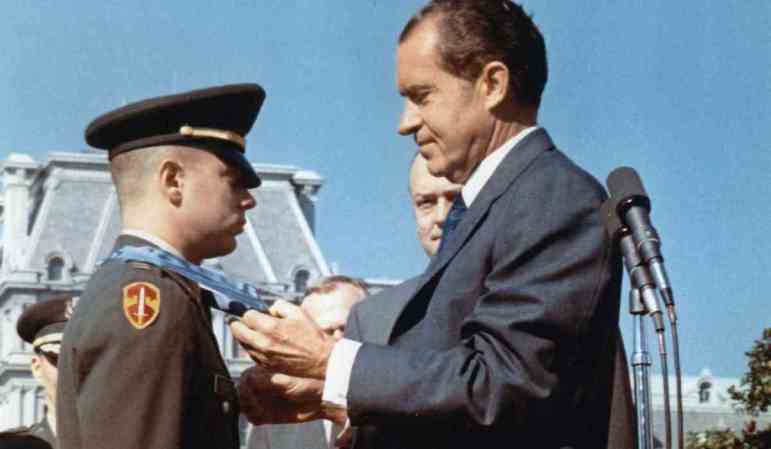The Nazi occupiers in the Netherlands were fed up with Dutch resistance movements by late 1944. For five years, the Dutch had spied, sabotaged, and smuggled Jewish refugees and Allied aircrews. But really pushed the Germans over the edge was a railway strike that fall.
As retaliation, the Nazis starved the entire population. They cut off food deliveries to the country and stopped local farming by destroying the dikes and flooding the fields. By the time winter hit, the Dutch citizens were eating fried tulip bulbs and drinking soup made from their own hair for survival.
The Netherlands were led by a royal family in exile. Dutch Queen Wilhelmina petitioned the British and American governments to do something to save her people before it was too late. President Franklin Roosevelt, himself of Dutch ancestry, replied to her entreaties, “You can be very certain that I shall not forget the country of my origin.”
Just a month before he died of a cerebral hemorrhage, Roosevelt sent word to Gen. Dwight D. Eisenhower that the Allies should deliver food to the starving Dutch people.

There was a problem for the Allied air crews: The best planes for air-dropping food were the bombers, planes that German anti-aircraft artillery units fired upon at every opportunity. Still, Eisenhower ordered them forward and on April 29, 1945, a pair of Royal Air Force bombers flew into German airspace as part of Operation Manna.
Eisenhower had contacted the German leadership in the Netherlands, but he hadn’t even received a verbal agreement from the Germans that they wouldn’t fire. When the first pair of planes crossed into contested territory, it was uncertain if the German gunners knew what was happening. The planes were ordered to fly low and slow, meaning they would be easily destroyed and the crews would be unable to bail out.
As the first planes crossed into the Netherlands, German guns took aim and tracked them — but none fired. Orders from senior Nazi Party officials had apparently made their way down the line and the Allied crews could fly through certain corridors with relative safety.
While some aircraft were later hit from ground fire, it was very little and sporadic. For 10 days, the Allied crews dropped flour, margarine, coffee, milk powder, cheese, chocolate, and salt on fields, racetracks, and airstrips. More than 11,000 tons of food were dropped in the British’s Operation Manna and the American’s Operation Chowhound.

The gratitude of the Dutch people was sent up to the low-flying crews. Throngs of people waved at the planes and messages, including “Thank You Yanks,” were spelled out in tulips on the flower fields. One beneficiary of the airlift, Dutch resistance member and future actress Audrey Hepburn, would go on to support international aid agencies and cite her own experiences as a motivation.
On May 8, 1945, Germany surrendered and the airlifts came to an end as aid began arriving over land and sea.





